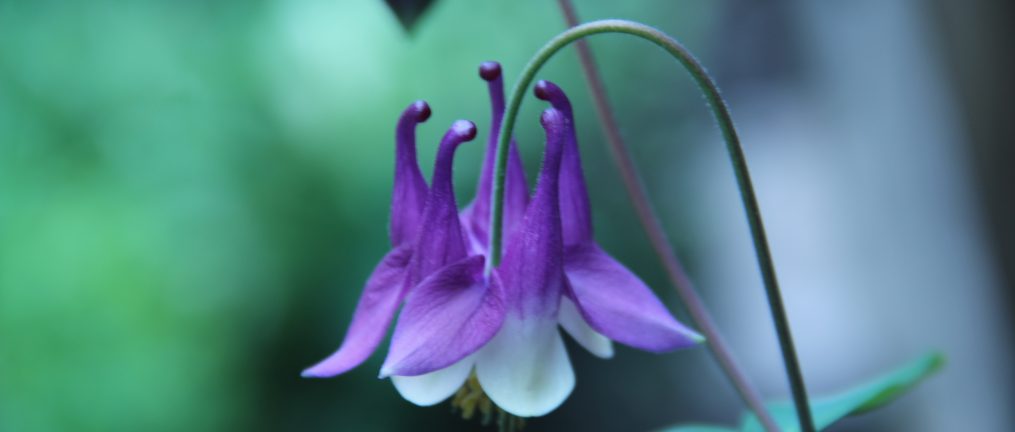Last Friday was a golden day with gentle sun, temps in the 70s and a southerly wind. I walked at lunchtime and spent a few minutes in our back garden observing insects, birds and chipmunks. It was the final day before a strong Canadian cold front and soaking rains moved in — and probably my last chance until spring to enjoy some of the garden’s inhabitants:
Autumn meadowhawk dragonflies, which fly late into autumn, still patrolled the garden. The reddish-colored mature females, with clear wings tinted amber at the base and red spots at the top, added jewel-like color to the changing garden.
A celery looper moth visited the garden from morning until dusk each day for more than a week. Though it’s not colorful, the contrast between the chocolate-brown wings and the bright silvery-white curved markings makes it glow in the sunlight. Though looper larvae can be agricultural pests, the adults pollinate many varieties of plants. This one seemed to prefer Sedum ‘autumn joy’.
Syrphid flies, also known as hover flies or flower flies, are small insects that zip between flowers much quicker than bees and wasps. Syrphid flies are bee and wasp look-a-likes, but they don’t sting or bite! Many species are helpful in the garden for two reasons: The adults pollinate flowers and the larvae eat aphids and leaf hoppers, which cause a lot of damage and disease in plants. They are called hover flies because they often hover in midair over the garden before zooming off in a new direction — sometimes flying backwards. They are known as flower flies for their pollinating presence in the autumn garden.
Hidden among the garden plants, an eastern chipmunk gathered seeds to store for winter use in its nearby den. There’s a stable chipmunk population in our urban neighborhood, in spite of many gardeners’ attempts to eradicate the rodents. At least the chipmunks retire to their dens until spring, unlike squirrels, which raid the garden during the growing season and the suet feeder during the winter months!
The backyard bird population is changing as many bird species migrate south. For example, most of the warblers, orioles and swallows have left; ruby-crowned kinglets, yellow-rumped warblers and white-throated sparrows are passing through from further north. Daily visitors to our garden, trees and hedges include northern cardinals, blue jays, American goldfinches, black-capped chickadees, white-breasted nuthatches, American robins and a brown creeper. I don’t have a telephoto lens yet, so I don’t photograph many birds. An excellent website with photos, key facts, bird calls and other information is allaboutbirds.org.
Lastly, bumble bees and honey bees nectared on the Sedum ‘autumn joy’ and garlic chives. (Earlier in the summer, I pruned the sedum to different degrees so that it would continue to bloom late into autumn.) The sedum and asters were the main attraction for insects last week. I haven’t seen either bee species since the weather turned cold and rainy. I miss their industrious presence and look forward to their return next spring.









Amazing photos. Great information.
Thank you, Mary!
Love your observations. They bring the natural world up close.
Thank you for your kind comment and for making time to follow my blog!